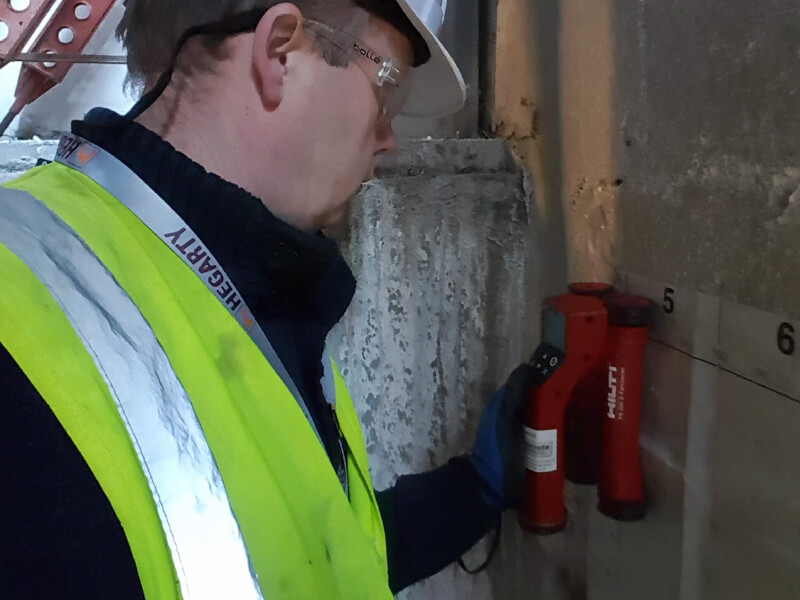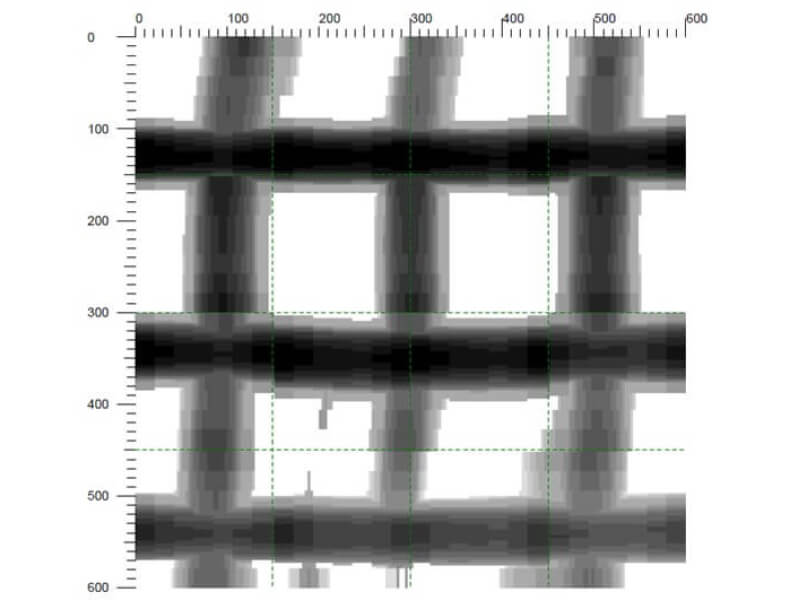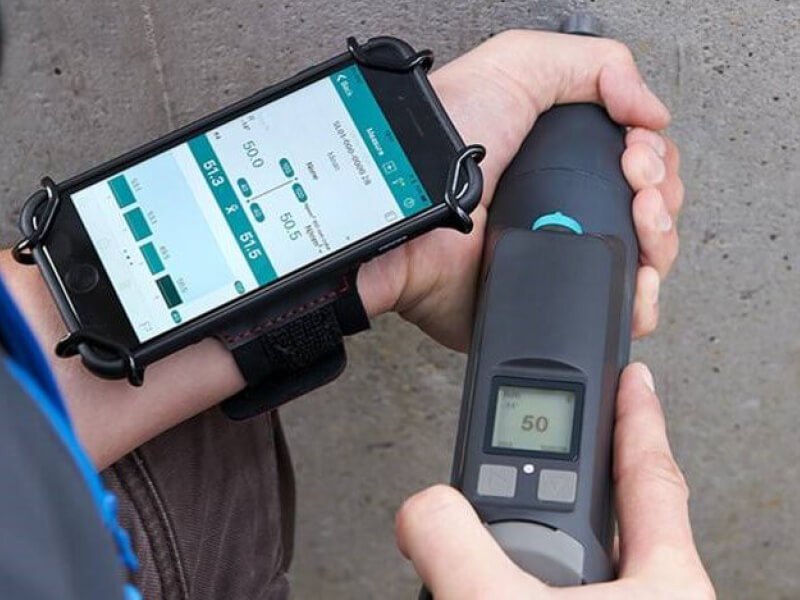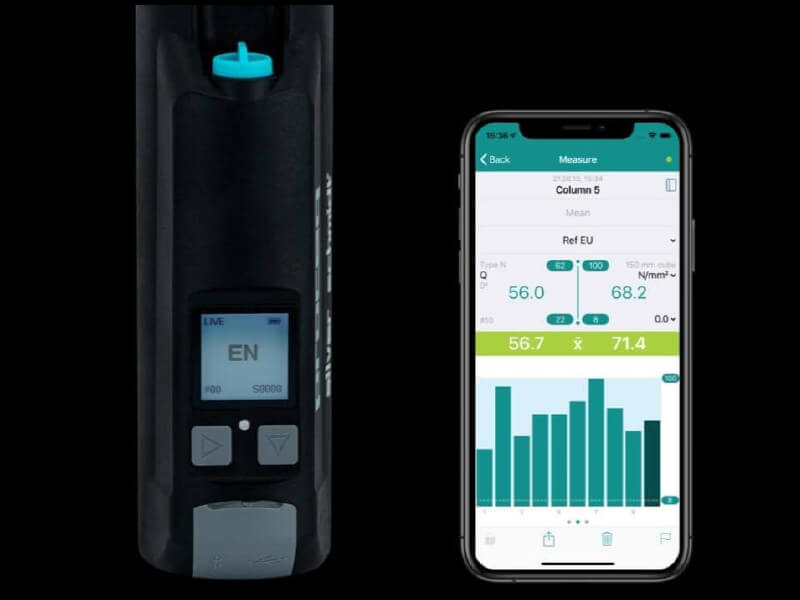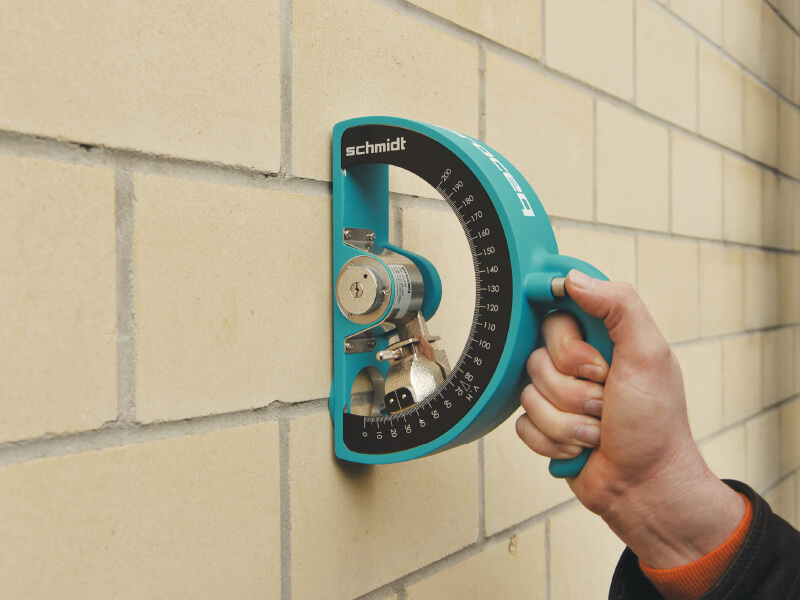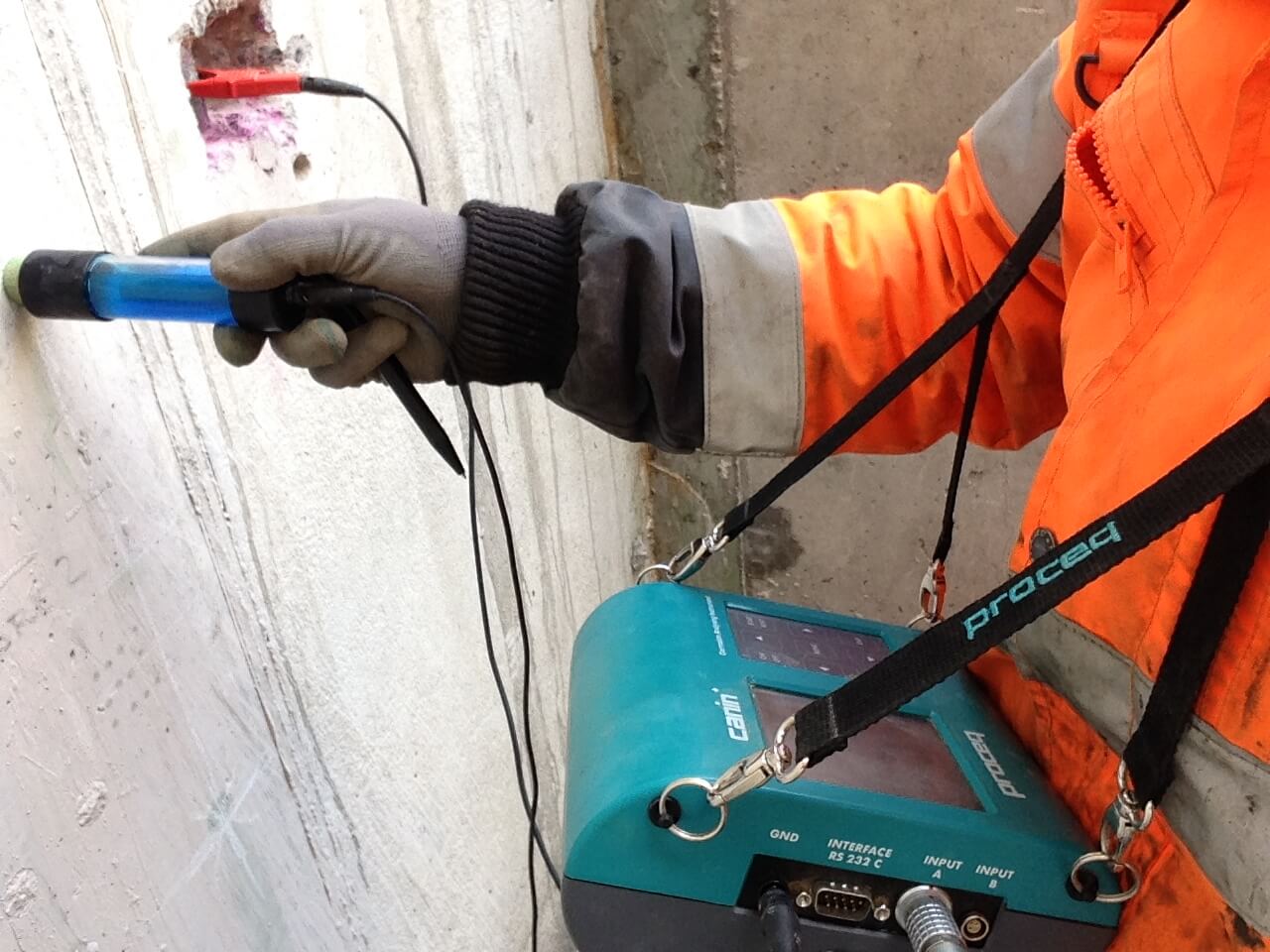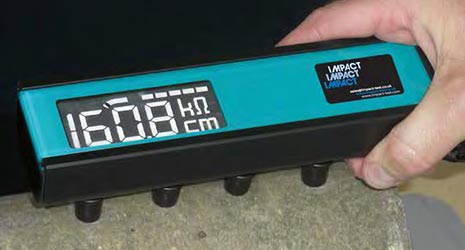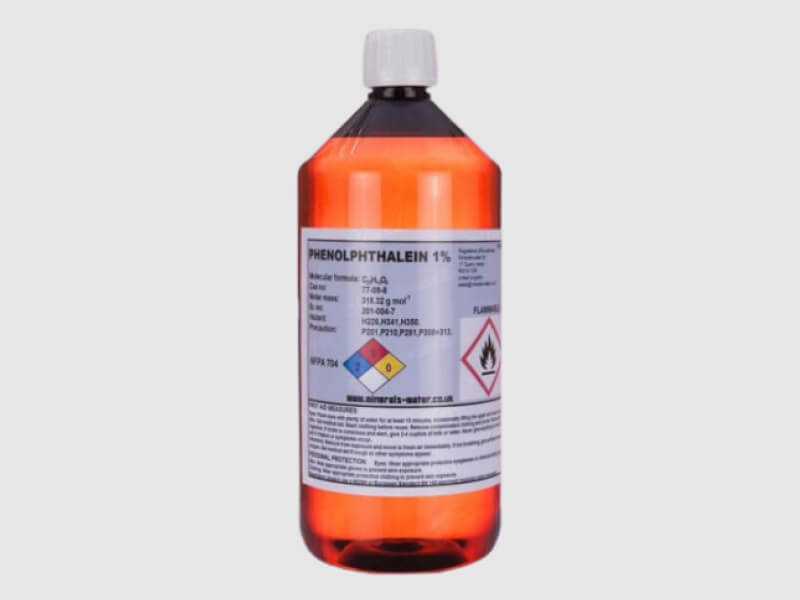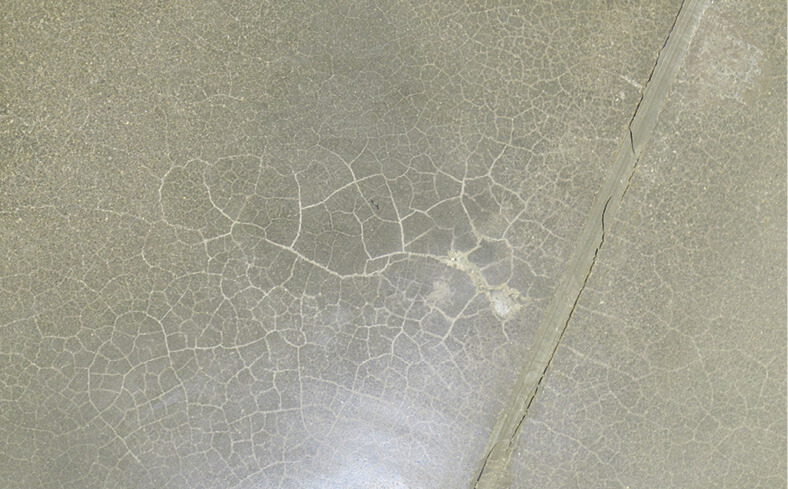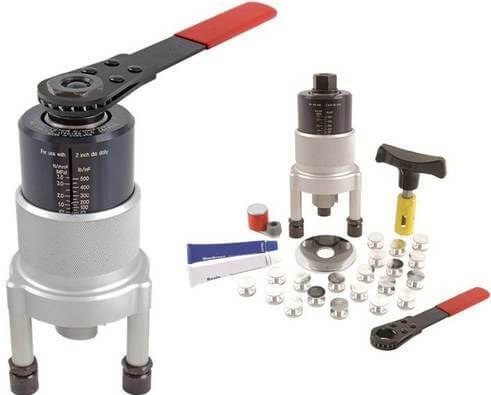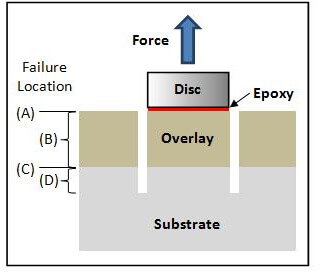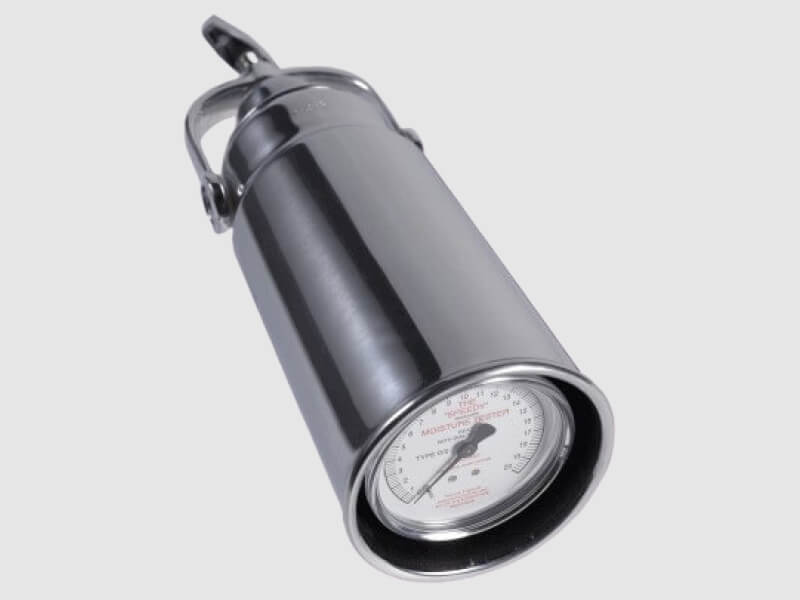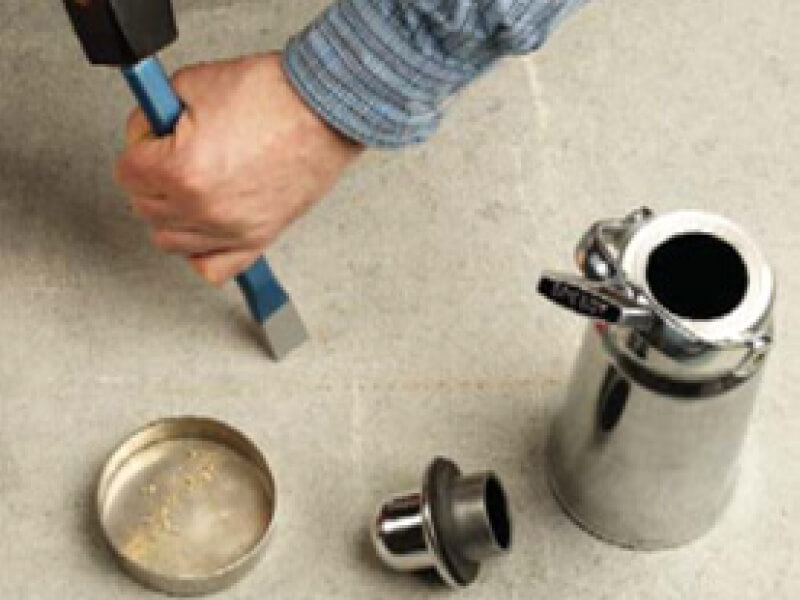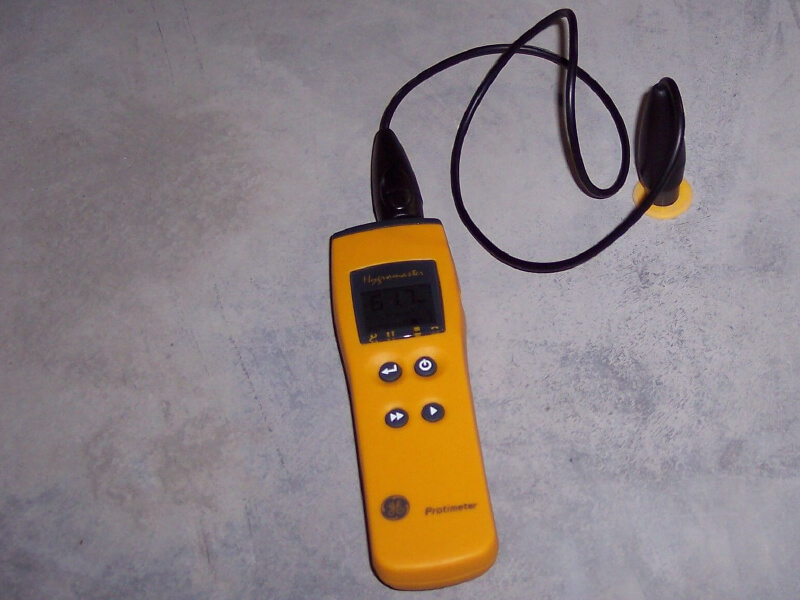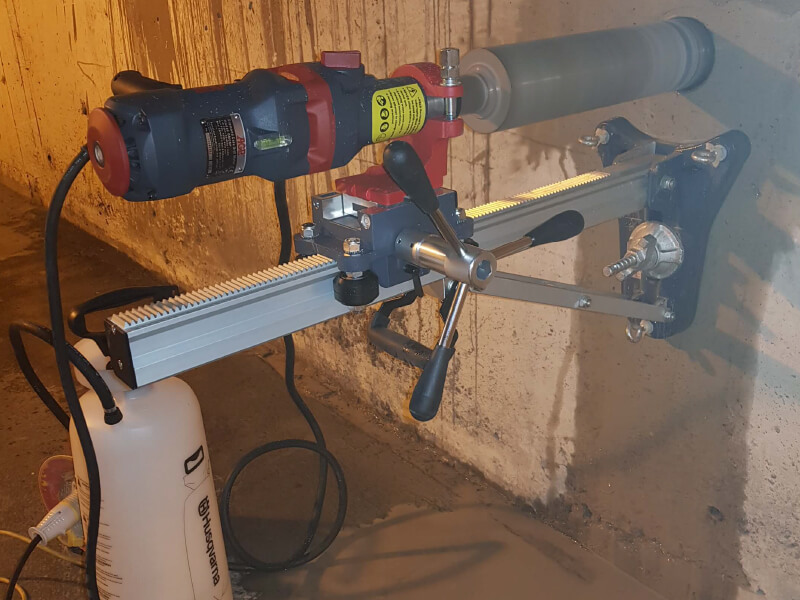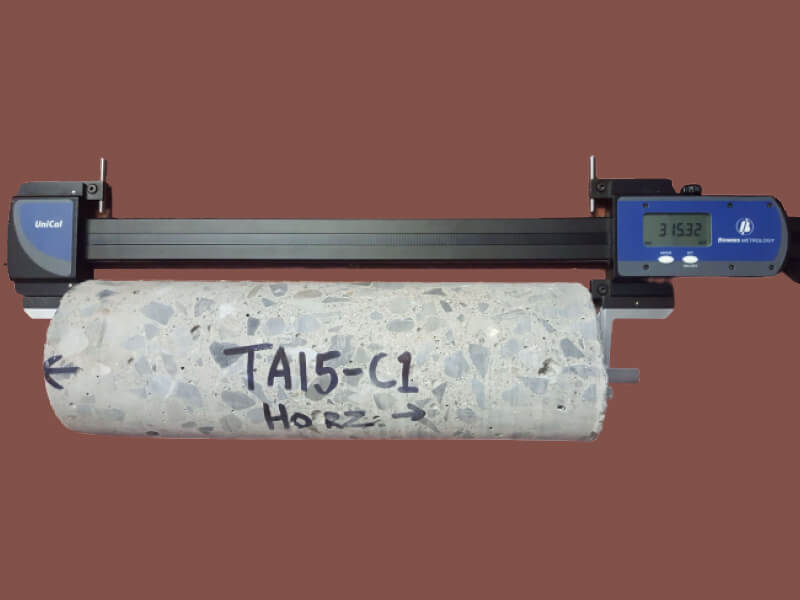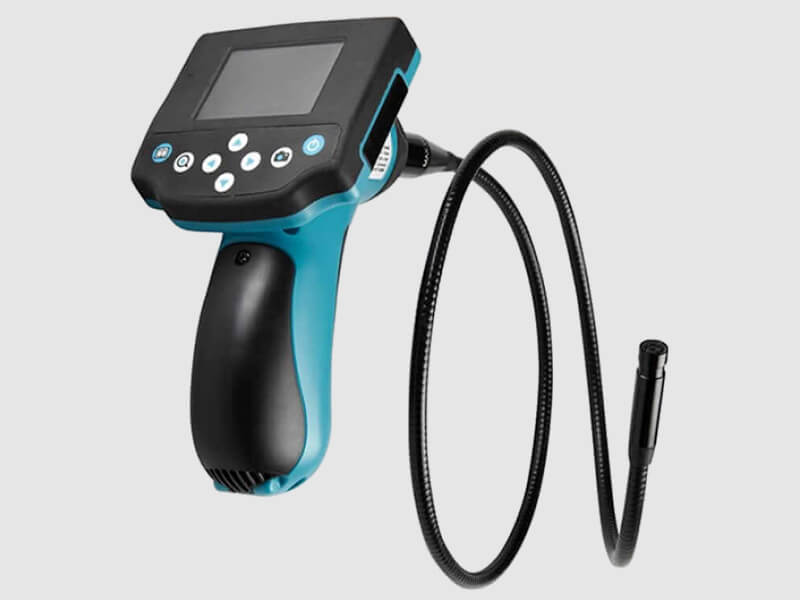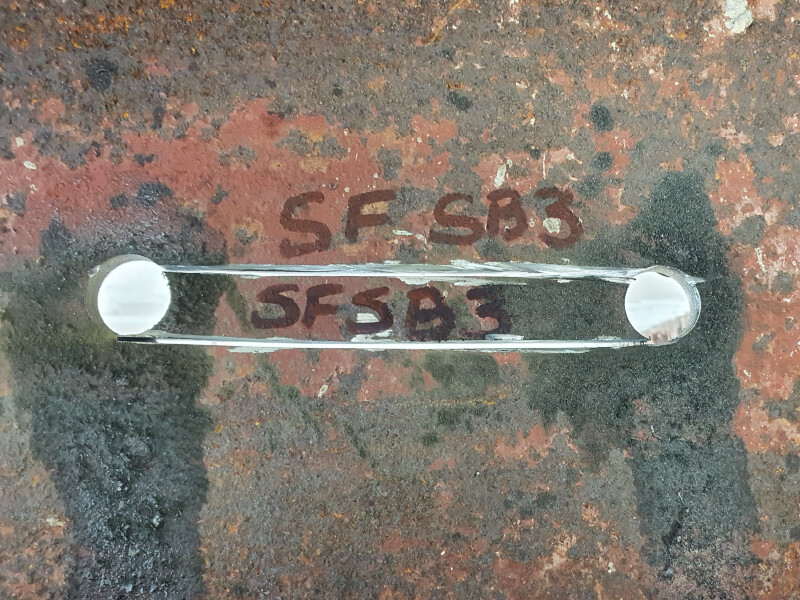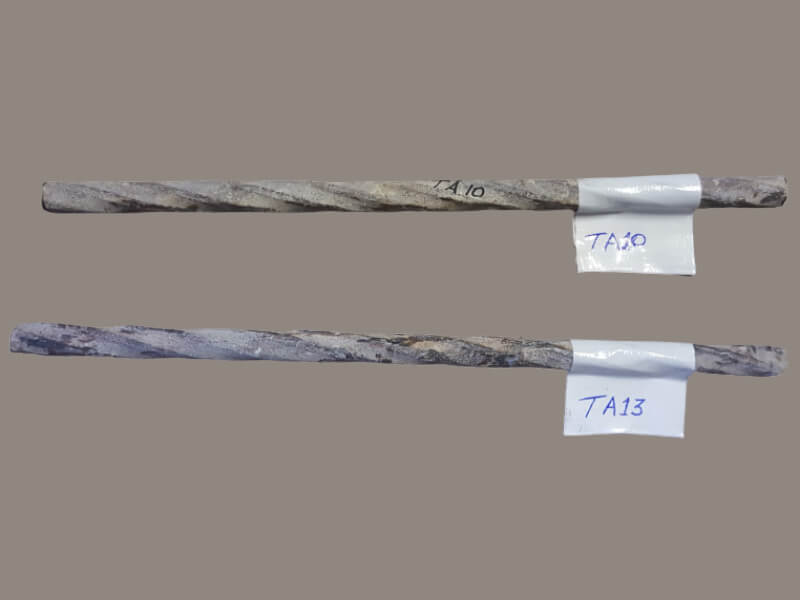Load Test Solutions is a provider of both destructive and non-destructive structural testing services. Specialising in structural condition surveys providing condition reports. Our Structural Investigation services include:
Depth Of Cover & Rebar Mapping
As part of our comprehensive structural investigation service we offer concrete depth of cover surveys on new and aged structures. Reinforcement mapping for structures where drawings are no longer available. Rebar break-outs to assess steel condition, size and type of steel.
Half Cell Potential Surveys
Half-cell potential survey measures the electrode potential of steel reinforcing bars in concrete by comparison with the known electrode potential of a reference electrode (half-cell). Research has shown that the electrode potential to steel is an indicator of whether corrosion activity is possible or not.
Resistivity Surveys
Measurement of electrical resistivity of concrete in a completely non-destructive test. Surface resistivity measurement provides extremely useful information about the state of a concrete structure. It has been proven to be directly linked to the likelihood of corrosion and the corrosion rate.
Depth Of Carbonation
Carbonation depth can be determined by using a Phenolphthalein indicator solution. The solution consists of 1g Phenolphthalein dissolved in 50ml of alcohol and further diluted with 100ml de-ionized water. This solution is applied to newly broken concrete; if a purple stain occurs on the concrete then the pH value is above 9 which means carbonation has not taken place. However, if the solution applied to the concrete remains colourless then there is a value of below 9pH – this means that carbonation has occurred to the measured depth.
Delamination Surveys
Delamination of concrete is a serious problem both for the integrity of the structure and from a Health and Safety aspect. Although delaminated concrete can be readily observed in many instances it is not always obvious without undertaking a delamination survey which involves tapping the concrete with a survey hammer at regular intervals to determine the extent of the defective concrete. The perimeter of the defective area needs to be identified and quantified.
Pull Off & Pull Out Testing
Concrete pull-off testing is used to measure the direct tensile strength of a material or bond strength of an interface. The concrete pull-off testing equipment consists of a metal test disc, epoxy, core drill, draw bolt, and bond testing machine. A shallow core is drilled perpendicularly into the surface leaving the intact core still attached to the material at the area of interest. A metal test disc of the same diameter as the core is bonded to the surface of the attached core. The bond test machine then applies a load until failure occurs. Using this type of testing for quality assurance ensures that clients receive an adequate, well-constructed repair.
Ultrasonic Surveys
Ultrasonic Pulse Velocity (UPV) testing of Concrete. Among the currently available NDT techniques, the UPV method is considered to be one of most reliable methods for evaluating concrete structures. The UPV method is effectively used to indicate changes in the properties of concrete, and in the survey of structures, to estimate the severity of deterioration or cracking.
Humidity & Moisture Levels
Sub-surface sleeves for measuring the Relative Humidity of solid floors and walls. They are inserted into pre-drilled holes to create an air pocket for measuring with a Hygrometer.
Moisture levels in concrete are crucial information prior to applying decorative flooring coatings to concrete slabs.
Moisture content of a slab can be assessed using the calcium carbide method (Speedy Moisture Meter).
To Find Out More About Our Services



